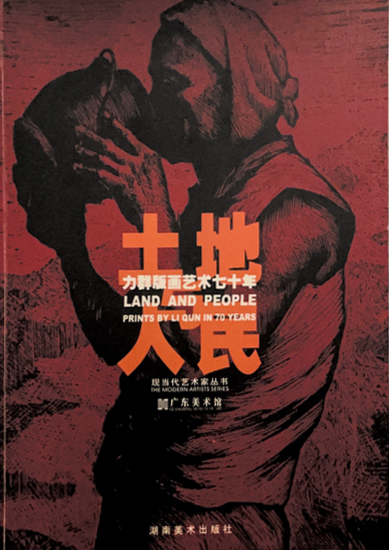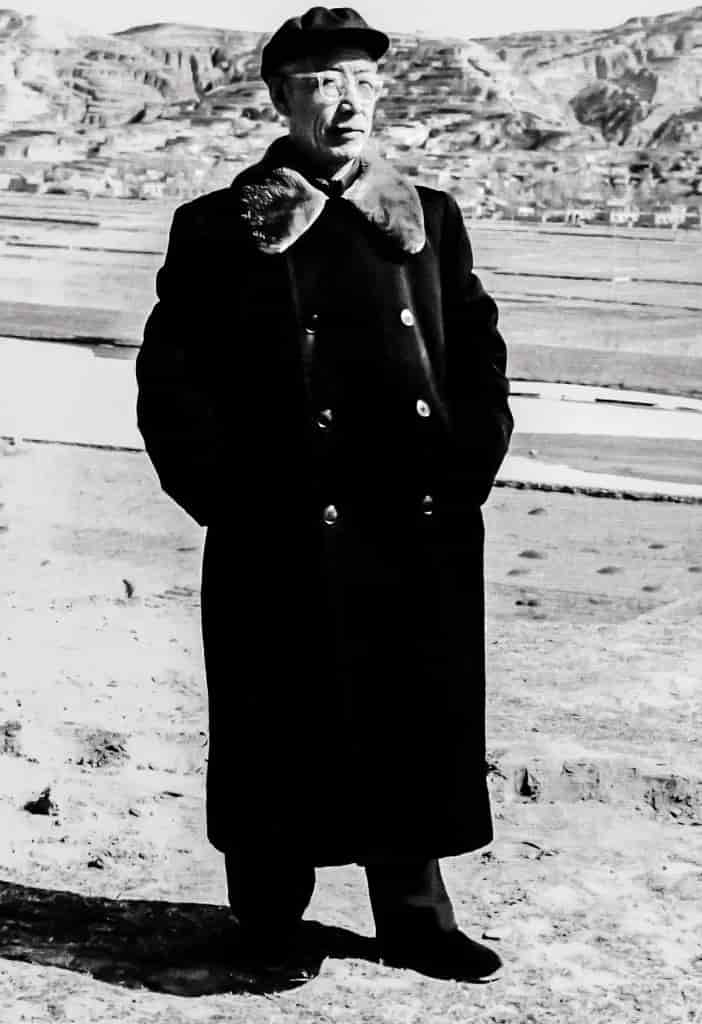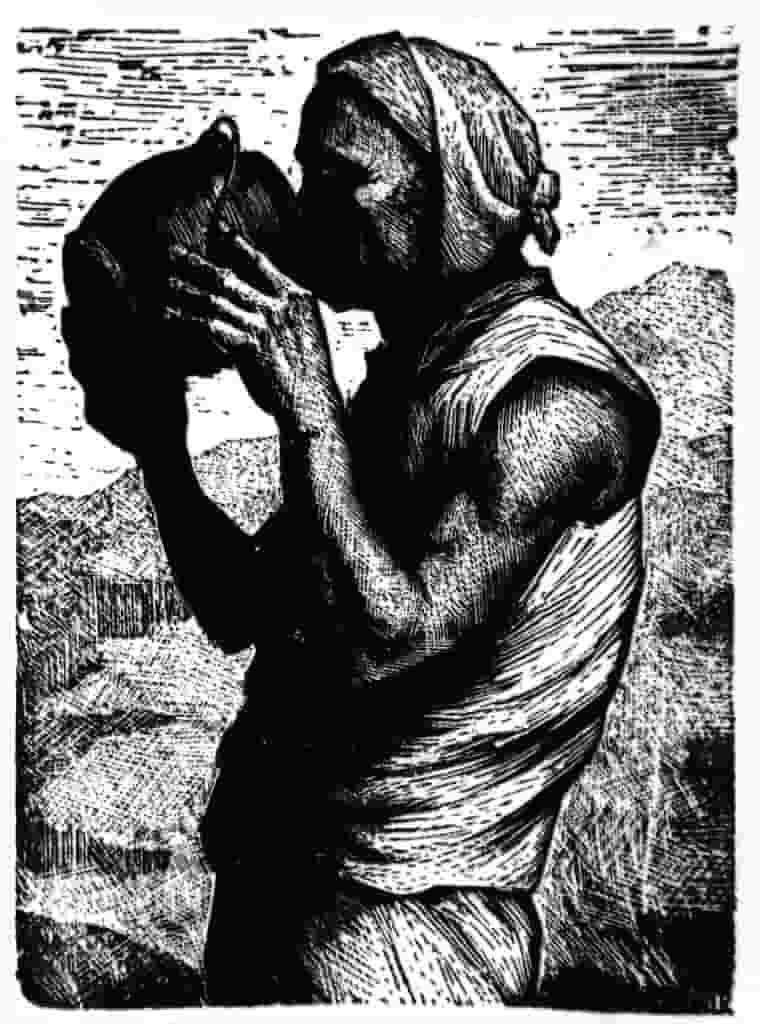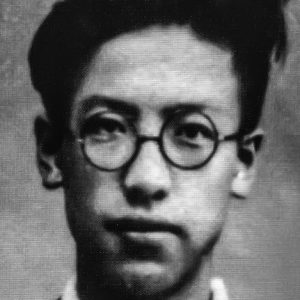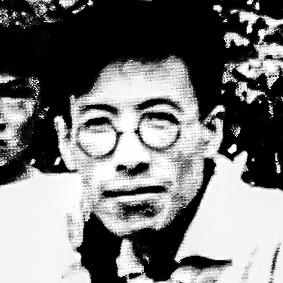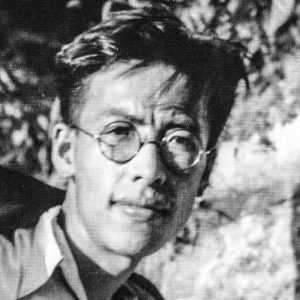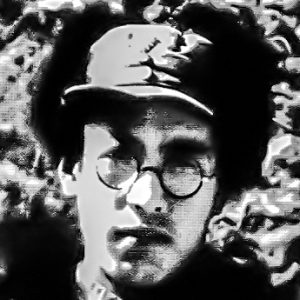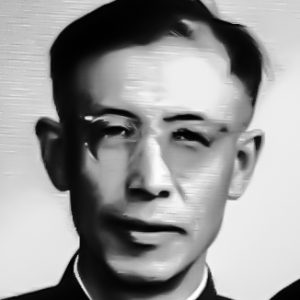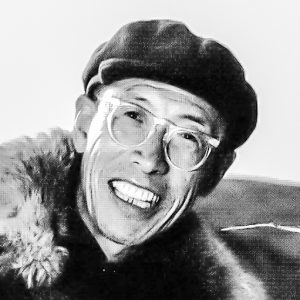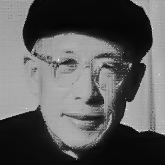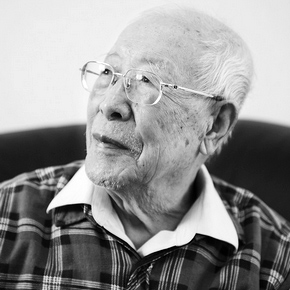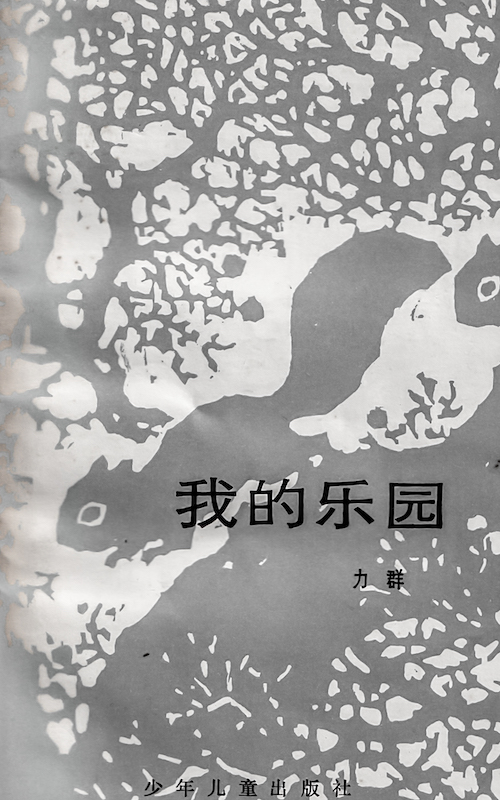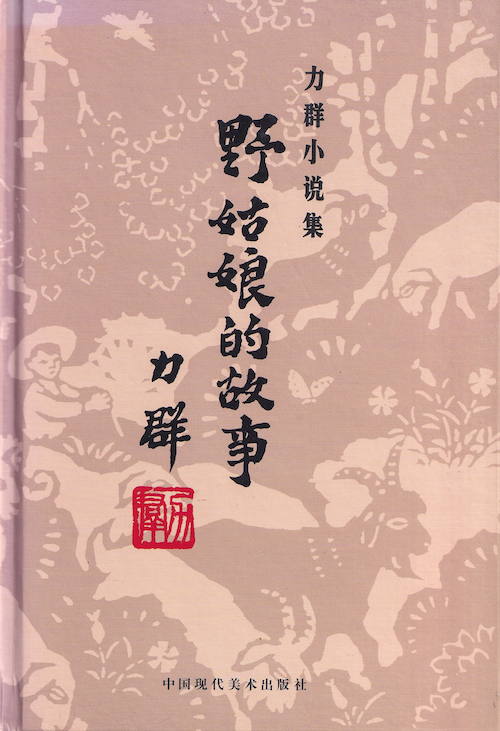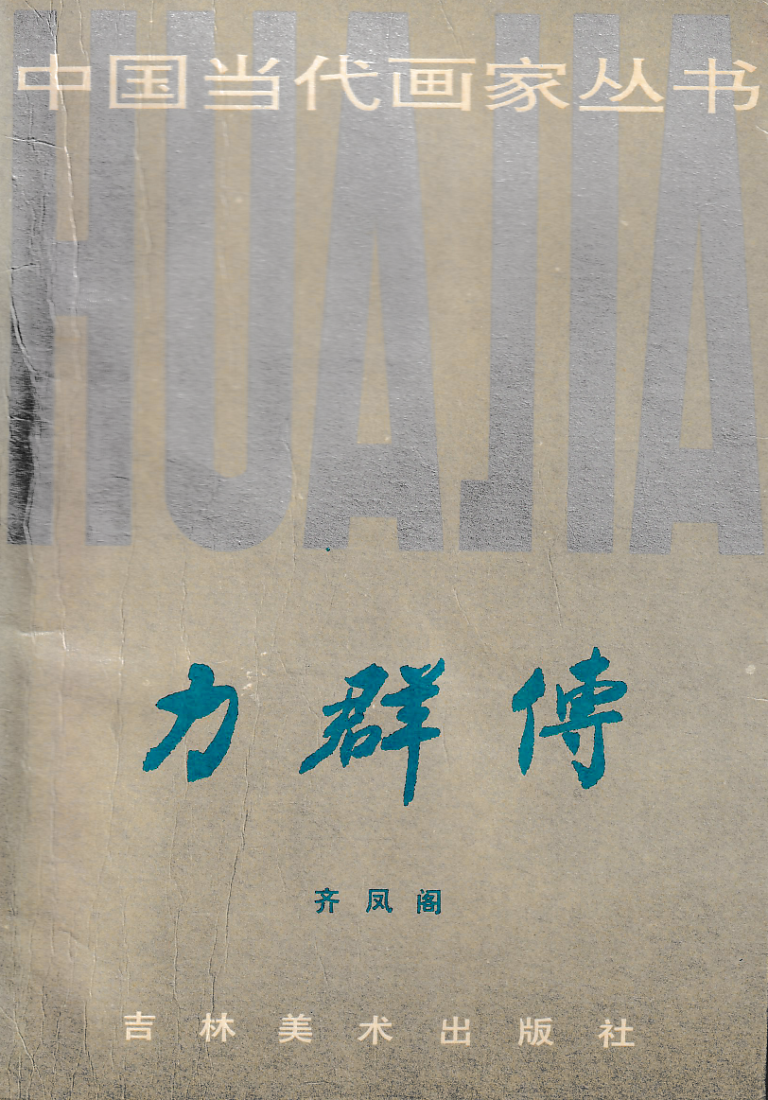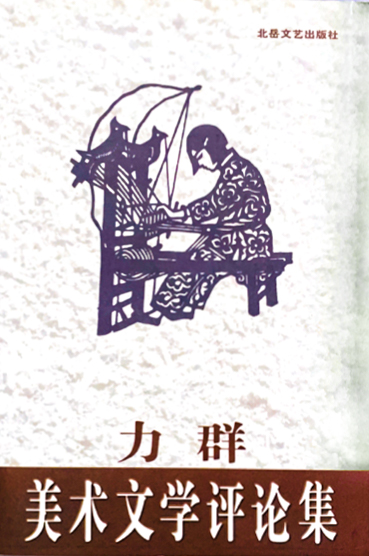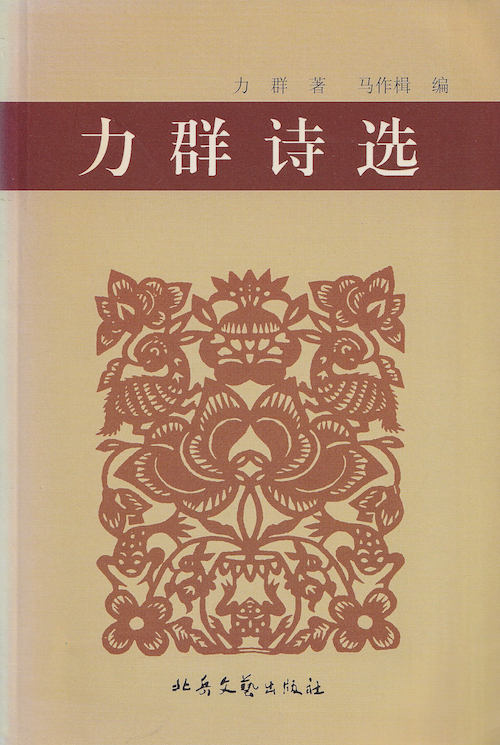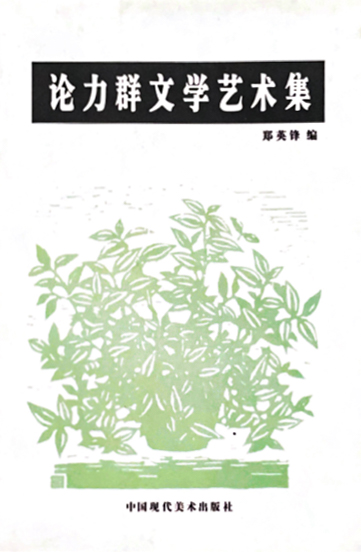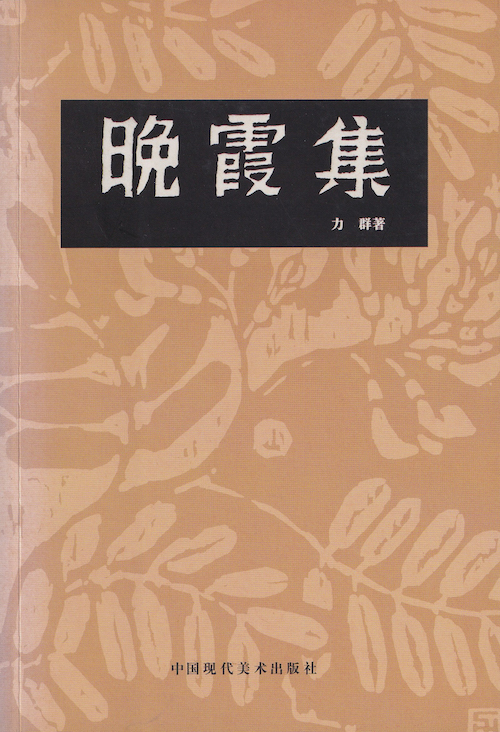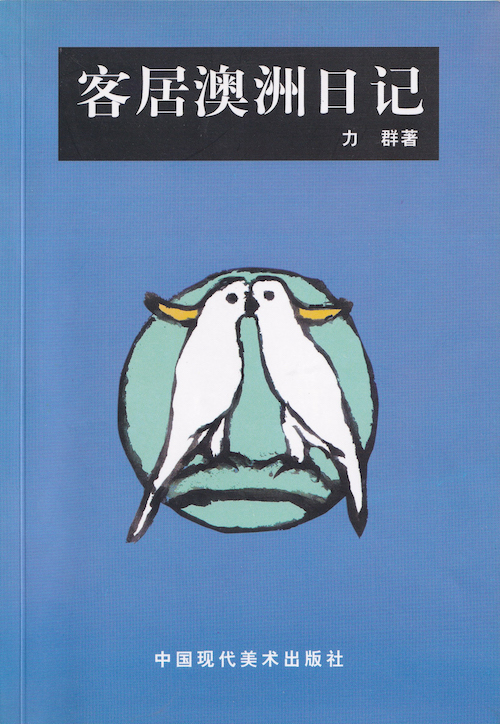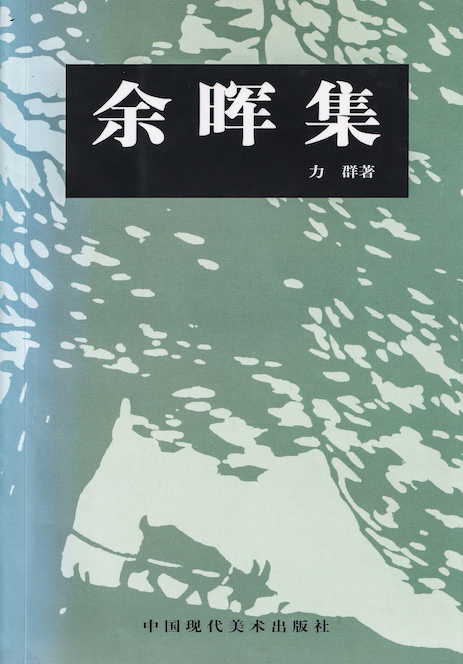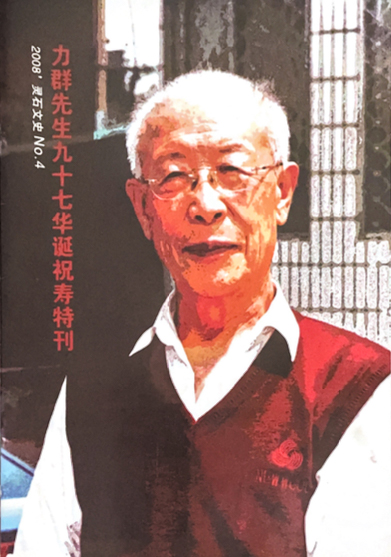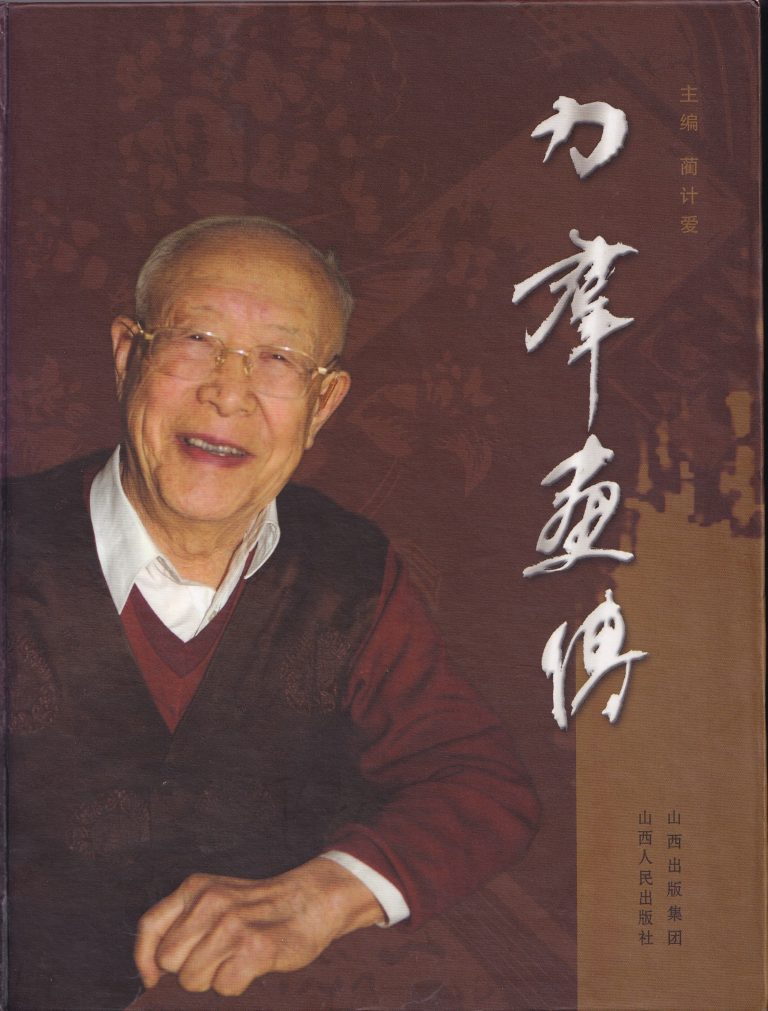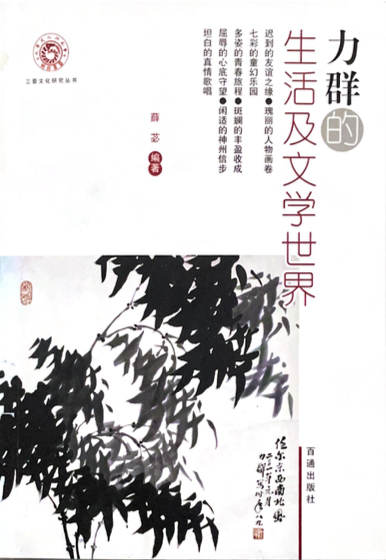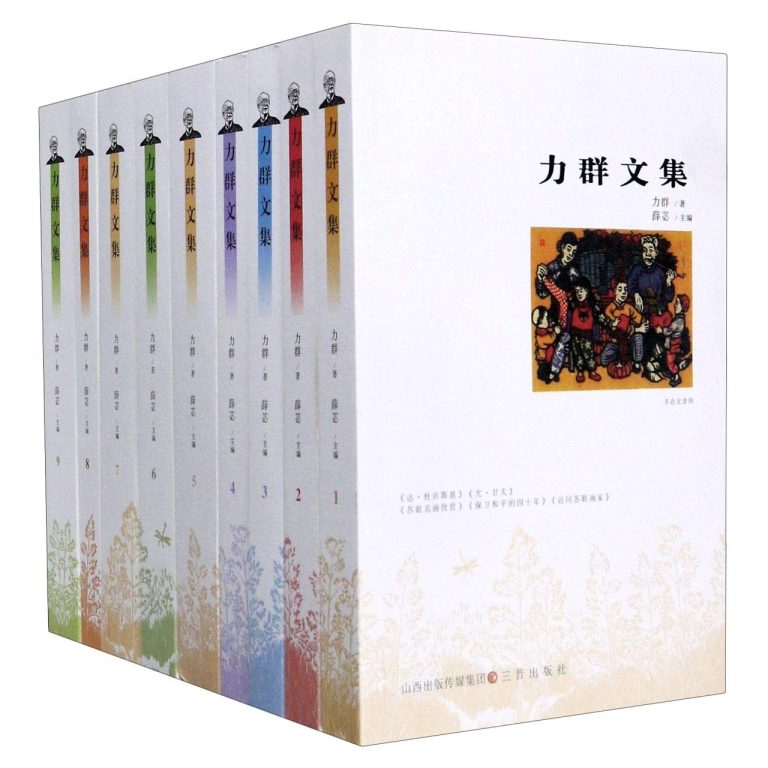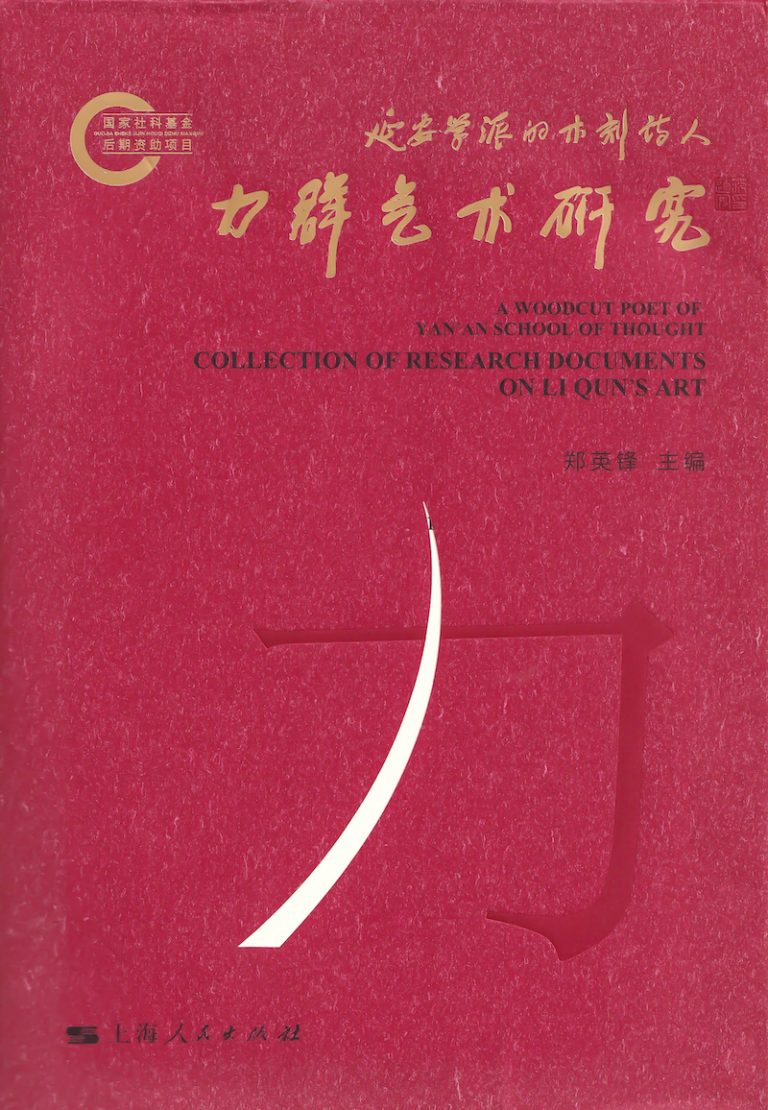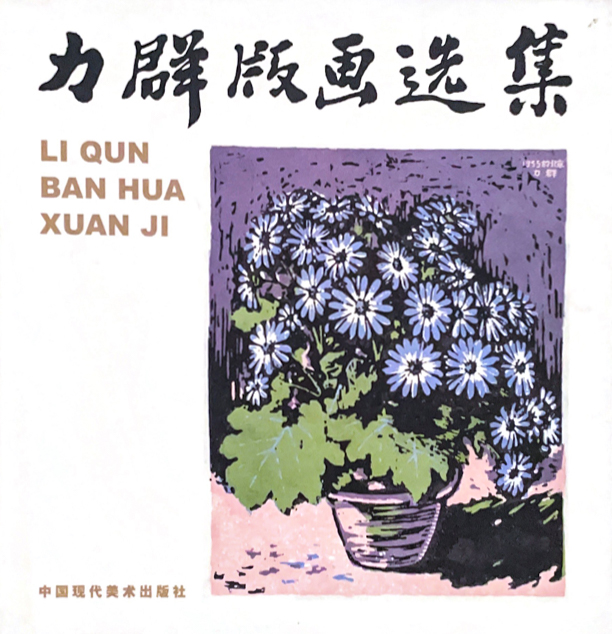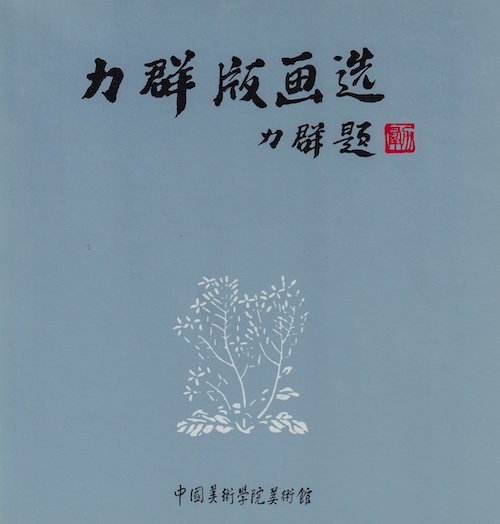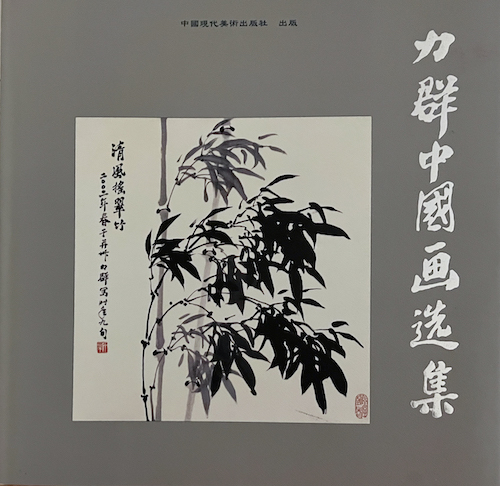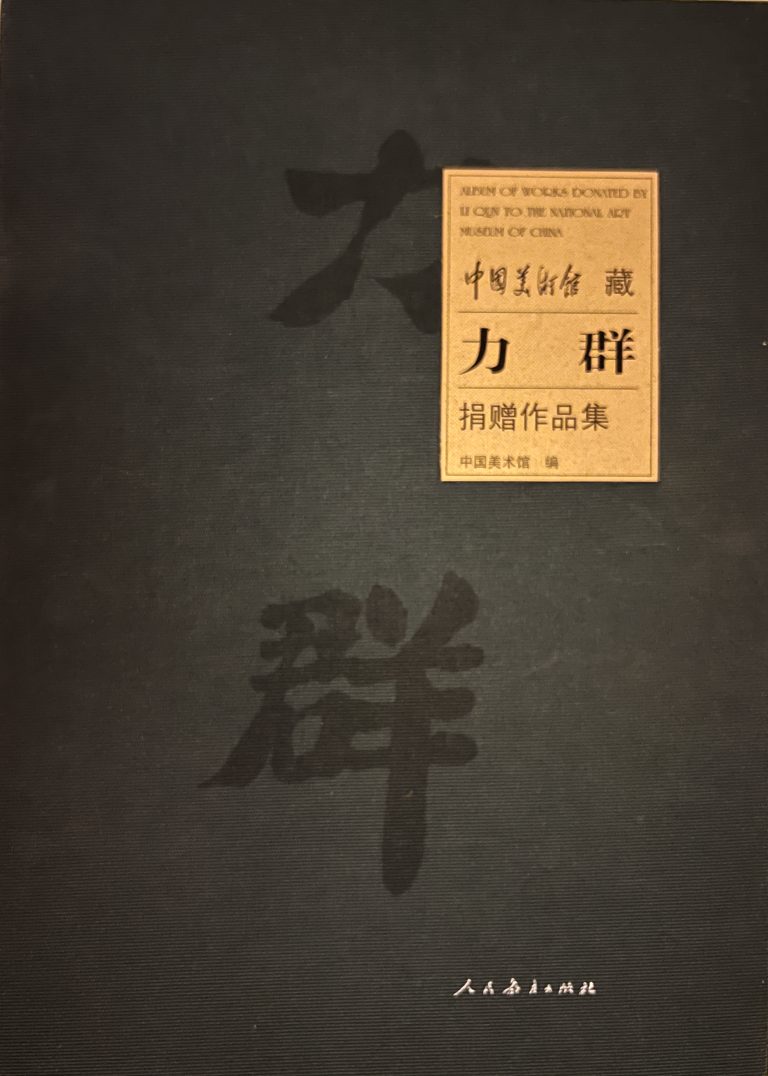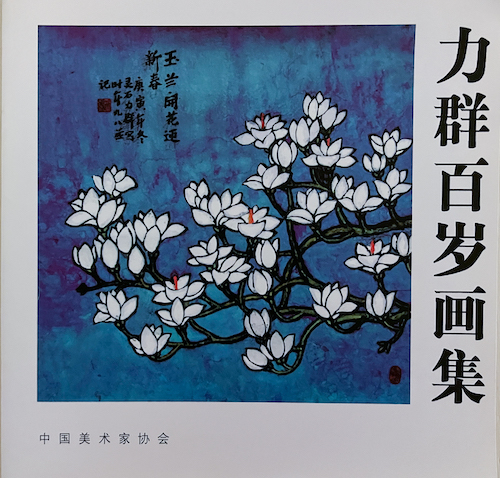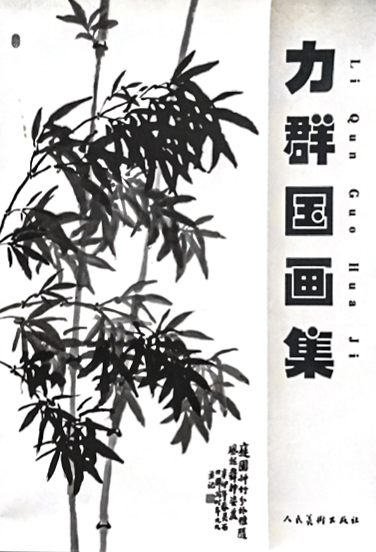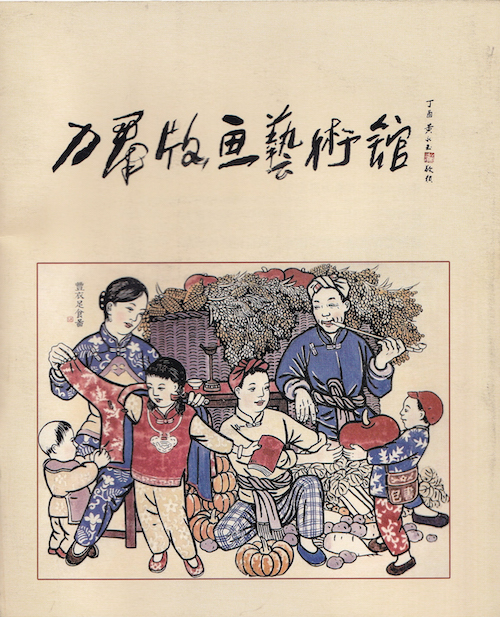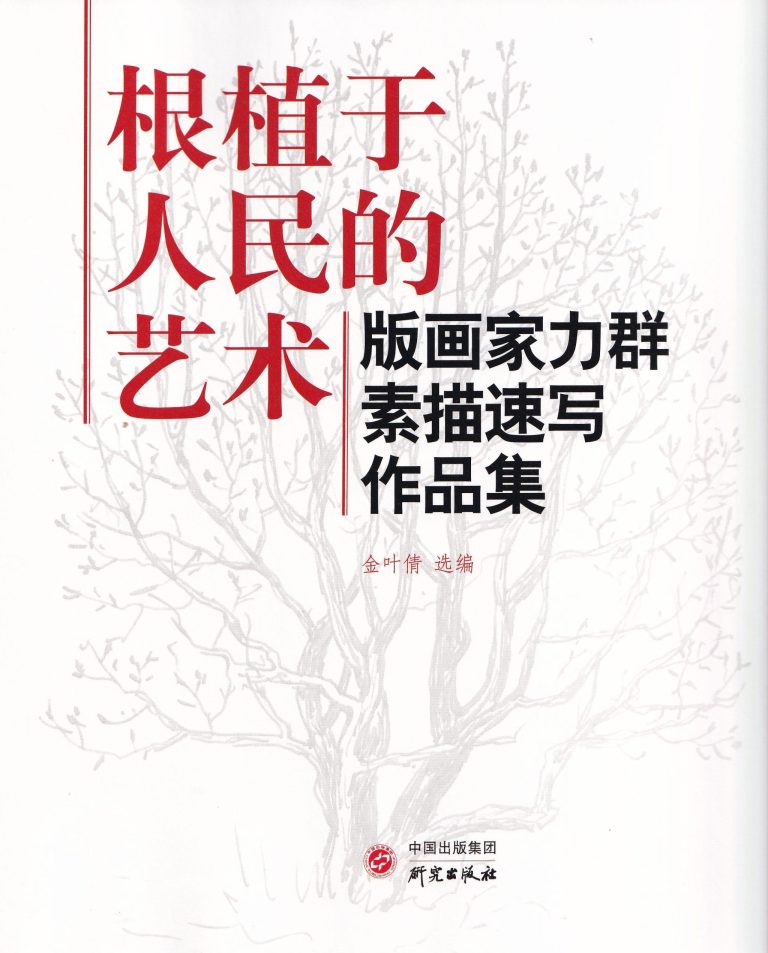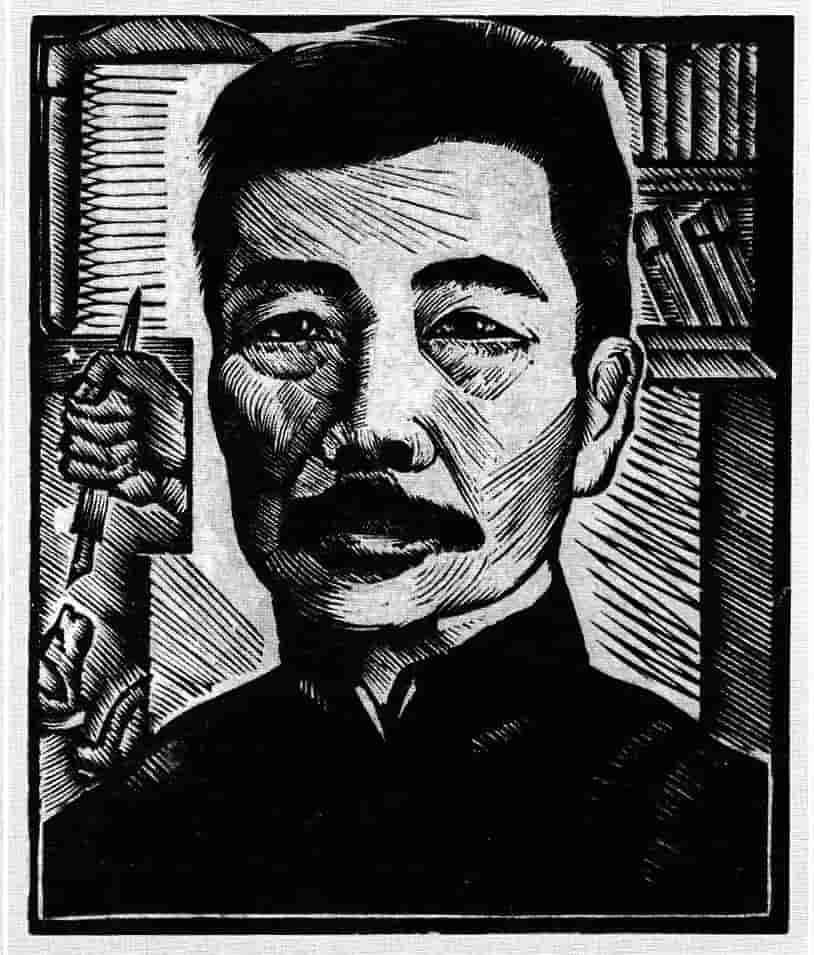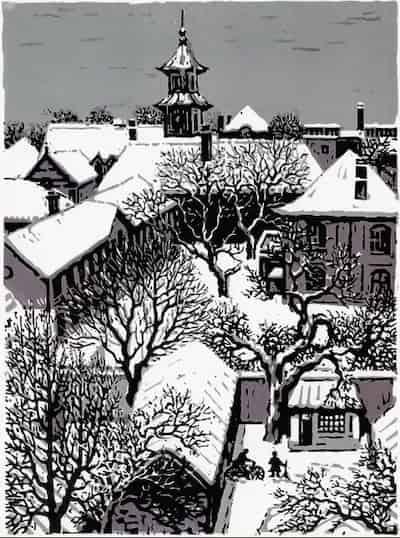Li Qun emerges as a key figure, serving both as a witness and participant in the emerging art movement. Despite facing personal and societal challenges, Li Qun’s early works reflect influences from artists like Bouguereau and Mucha, as well as Soviet realism. Teaching at the Lu Xun Academy of Arts in Yan’an marked a pivotal period for Li Qun, where he embarked on a path of artistry focused on serving the people and adopting simplified techniques. His later works continue to depict landscapes and flowers but with deeper philosophical insights, reflecting an understanding of life’s complexities. Li Qun’s art is renowned for its aesthetic value and emotional depth, earning it the title of “lyrical poems on woodblocks.” The article concludes with gratitude to Li Qun and his family for their support, wishing him good health and continued inspiration in his artistic endeavours.

Childhood 1912-1930
A village childhood Li Qun’s roots trace back to a quaint mountain village, an enclave characterised by a mere six courtyards and ten households in its nascent years. This hamlet, situated in Lingshi County, Shanxi Province, earned its identity as Hao Jia Zhang. Positioned to the east of Fenhe River,
